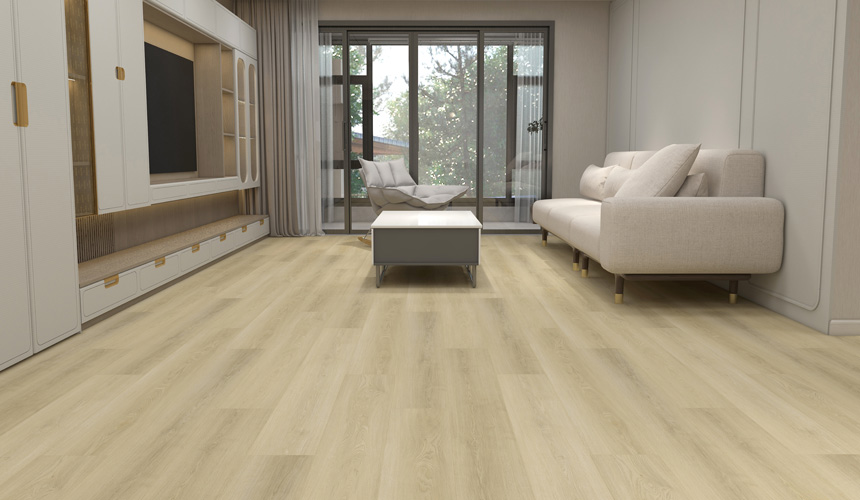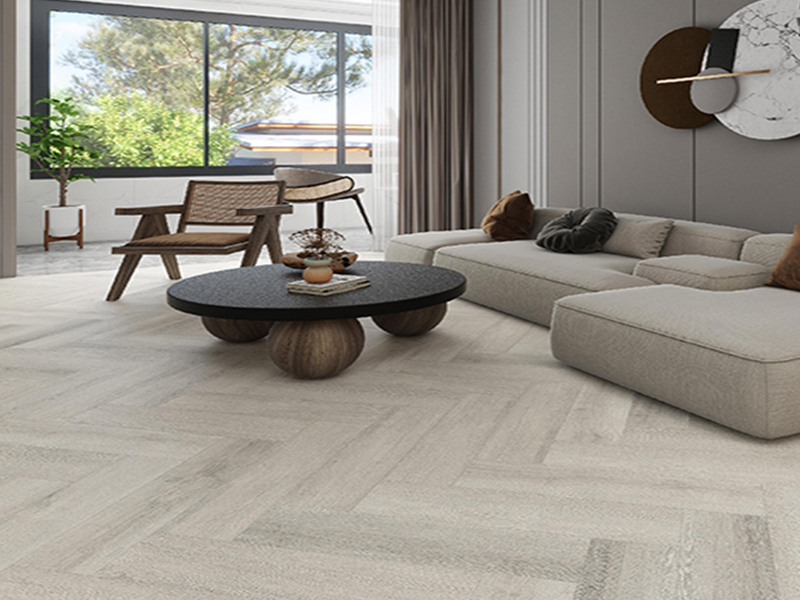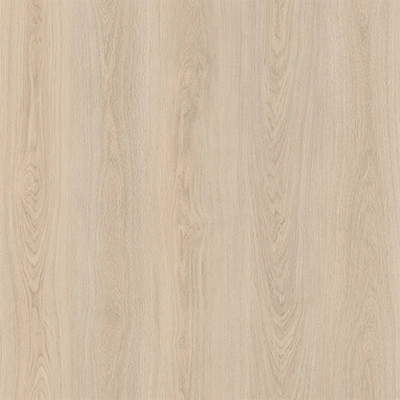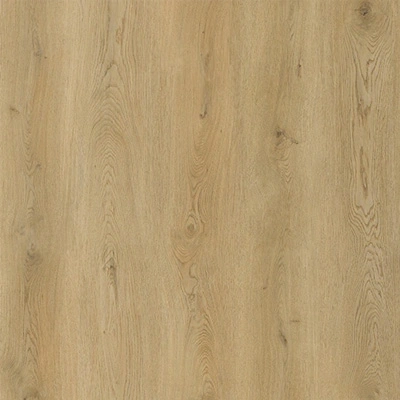
- EIR SPC Flooring
- BP SPC Flooring
- Marble SPC Flooring
- Crystal SPC Flooring
- Wood Grain SPC Flooring
- Herringbone SPC Flooring
- 3.5mm SPC Flooring
- 3.8mm SPC Flooring
- 4.0mm SPC Flooring
- 4.2mm SPC Flooring
- 4.5mm SPC Flooring
- 5mm SPC Flooring
- 5.5mm SPC Flooring
- 6mm SPC Flooring
- 6.5mm SPC Flooring
- 7mm SPC Flooring
- Contrast SPC Flooring
- Vintage SPC Flooring
- Pure SPC Flooring
- Saw Mark SPC Flooring
- Rustic SPC Flooring
- Exotic Wood SPC Flooring
- Netural SPC Flooring
- Cherry SPC Flooring
- White SPC Flooring
- Beige SPC Flooring
- Grey SPC Flooring
- Brown SPC Flooring
- Natural Color SPC Flooring
- Asian SPC Flooring
- Euro SPC Flooring
- South America SPC Flooring
- North America SPC Flooring
- Africa SPC Flooring
- Oceania SPC Flooring
- Middle Eastern SPC Flooring
- ABA SPC Flooring
- > YF08038 EIR SPC Flooring
- > YF08040 EIR SPC Flooring
- > YF08047 EIR SPC Flooring
- > YF08060 EIR SPC Flooring
- > YF08061 EIR SPC Flooring
- > YF05104-2 BP SPC Flooring
- > YF06305-3 BP SPC Flooring
- > YF05105-2 BP SPC Flooring
- > YF07201-1 BP SPC Flooring
- > YF06301-5 BP SPC Flooring
- > YF07202-20 BP SPC Flooring
- > YF06302-6 BP SPC Flooring
- > YF07204-7 BP SPC Flooring
- > YF06303-2 BP SPC Flooring
- > YF07205-15 BP SPC Flooring
- > YFS01 Marble Grain SPC Flooring
- > YFS02 Marble Grain SPC Flooring
- > YFS03 Marble Grain SPC Flooring
- > YFS04 Marble Grain SPC Flooring
- > YFS05 Marble Grain SPC Flooring
- > YFS06 Marble Grain SPC Flooring
- > YFS07 Marble Grain SPC Flooring
- > YFS08 Marble Grain SPC Flooring
- > YF04211-1 Crystal SPC Flooring
- > YF05101-1 Crystal SPC Flooring
- > YF04212-2 Crystal SPC Flooring
- > YF04216-2 Crystal SPC Flooring
- > YF04213-4 Crystal SPC Flooring
- > YF04217-9 Crystal SPC Flooring
- > YF04218-1 Crystal SPC Flooring
- > YF04215-8 Crystal SPC Flooring
- > YF04219-5 Crystal SPC Flooring
- > YF08075-5 Wood Grain SPC Flooring
- > YF08063-8 Wood Grain SPC Flooring
- > YF08047-3 Wood Grain SPC Flooring
- > YF08074-3 Wood Grain SPC Flooring
- > YF08064-3 Wood Grain SPC Flooring
- > YF08065-5 Wood Grain SPC Flooring
- > YF08073-5 Wood Grain SPC Flooring
- > YF08066-3 Wood Grain SPC Flooring
- > YF08070-1 Wood Grain SPC Flooring
- > YF08069-7 Wood Grain SPC Flooring
- > YF08071-8 Wood Grain SPC Flooring
- > YF08072-1 Wood Grain SPC Flooring
- > YF08067-3 Wood Grain SPC Flooring
- > YF08061-2 Herringbone SPC Flooring
- > YF08061-8 Herringbone SPC Flooring
- > YF66001-5 Herringbone SPC Flooring
- > YF66002-7 Herringbone SPC Flooring
- > YF08050-1 Herringbone SPC Flooring
- > YF08050-7 Herringbone SPC Flooring
- > YF33004-9 Herringbone SPC Flooring
- > YF08060-1 Herringbone SPC Flooring
- > YF08060-4 Herringbone SPC Flooring
- > YF08038-004 Herringbone SPC Flooring
- > YF08038-006 Herringbone SPC Flooring
- > YF08040-1 Herringbone SPC Flooring
- > YF08040-7 Herringbone SPC Flooring
- > YF07211-5 SPC LVT 3.5 mm Flooring
- > YF08001-1 3.5mm SPC Flooring
- > YF08003-8 3.5mm SPC Flooring
- > YF05103-2 3.5mm SPC Flooring
- > YF08004-1 3.5mm SPC Flooring
- > YF08006-5 3.8mm SPC Flooring
- > YF08007-3 3.8mm SPC Flooring
- > YF08008-7 3.8mm SPC Flooring
- > YF08009-6 3.8mm SPC Flooring
- > YF08010-2 4.0mm SPC Flooring
- > YF08011-1 4.0mm SPC Flooring
- > YF08012-2 4.0mm SPC Flooring
- > YF08013-1 4.0mm SPC Flooring
- > YF07236-7 4.0mm SPC Flooring
- > YF08014-1 4.2mm SPC Flooring
- > YF07235-501 4.2mm SPC Flooring
- > YF08015-8 4.2mm SPC Flooring
- > YF08016-10 4.2mm SPC Flooring
- > YF07230-4 4.2mm SPC Flooring
- > YF04203-3 6.5mm SPC Flooring
- > YF04204-3 6.5mm SPC Flooring
- > YF04205-8 6.5mm SPC Flooring
- > YF04206-8 6.5mm SPC Flooring
- > YF04207-1 7mm SPC Flooring
- > YF04208-3 7mm SPC Flooring
- > YF04209-2 7mm SPC Flooring
- > YF04210-3 7mm SPC Flooring
- > YF08026-1 Contrast SPC Flooring
- > YF08043-6 Contrast SPC Flooring
- > YF08044-7 Contrast SPC Flooring
- > YF08050-8 Contrast SPC Flooring
- > YF08040-1 Pure SPC Flooring
- > YF08044-7 Pure SPC Flooring
- > YF08060-1 Pure SPC Flooring
- > YF08065-4 Pure SPC Flooring
- > YF08067-1 Pure SPC Flooring
- > YF08069-2 Pure SPC Flooring
- > YF08072-3 Pure SPC Flooring
- > YF08077A-13 Exotic Wood SPC Flooring
- > YF08078A-1 Exotic Wood SPC Flooring
- > YF08077B-13 Exotic Wood SPC Flooring
- > YF08078B-1 Exotic Wood SPC Flooring
- > YF08079-1 Exotic Wood SPC Flooring
- > YF08080-1 Exotic Wood SPC Flooring
- > YF08019-1 Netural SPC Flooring
- > YF08025-3 Netural SPC Flooring
- > YF08038-2 Netural SPC Flooring
- > YF08047-8 Netural SPC Flooring
- > YF08061-7 Netural SPC Flooring
- > YF08082-9 Cherry SPC Flooring
- > YF08084-6 Cherry SPC Flooring
- > YF08083-9 Cherry SPC Flooring
- > YF08079-1 Cherry SPC Flooring
- > YF08079-2 Cherry SPC Flooring
- > YF08097-1 White SPC Flooring
- > YF04230-8 White SPC Flooring
- > YF04232-8 White SPC Flooring
- > YF04233-2 White SPC Flooring
- > YF08086-7 White SPC Flooring
- > YF08095-1 Beige SPC Flooring
- > YF08096-2 Beige SPC Flooring
- > YF04231-1 Beige SPC Flooring
- > YF08087-5 Beige SPC Flooring
- > YF08089-2 Beige SPC Flooring
- > YF04227-5 Grey SPC Flooring
- > YF08090-7 Grey SPC Flooring
- > YF08089-4 Grey SPC Flooring
- > YF08092-1 Grey SPC Flooring
- > YF08091-11 Grey SPC Flooring
- > YF04228-6 Brown SPC Flooring
- > YF04229-2 Brown SPC Flooring
- > YF04230-7 Brown SPC Flooring
- > YF08094-6 Brown SPC Flooring
- > YF08085-1 Natural Color SPC Flooring
- > YF08086-8 Natural Color SPC Flooring
- > YF08087-1 Natural Color SPC Flooring
- > YF08087-5 Natural Color SPC Flooring
- > YF08088-1 Natural Color SPC Flooring
- > YF1110-1 Asian SPC Flooring
- > YF08040-1 Asian SPC Flooring
- > YF33003-6 Asian SPC Flooring
- > YF08060-3 Asian SPC Flooring
- > YF08060-1 Asian SPC Flooring
- > YF10002-24C Asian SPC Flooring
- > YF8003-8 Asian SPC Flooring
- > YF4211-1 Asian SPC Flooring
- > YF10001-72 Asian SPC Flooring
- > YF08060-6 Asian SPC Flooring
- > YF08062-07 Asian SPC Flooring
- > YF08027-3 Euro SPC Flooring
- > YF08008-7 Euro SPC Flooring
- > YF08038-2 Euro SPC Flooring
- > YF08038-1 Euro SPC Flooring
- > YF08050-2 Euro SPC Flooring
- > YF08050-1 Euro SPC Flooring
- > YF08050-3 Euro SPC Flooring
- > YF08049-1 Euro SPC Flooring
- > YF66003-2 South America SPC Flooring
- > YF08038-5 South America SPC Flooring
- > YF08060-2 South America SPC Flooring
- > YF08019-1 North America SPC Flooring
- > YF08026-1 North America SPC Flooring
- > YF08028-3 North America SPC Flooring
- > YF08025-1 North America SPC Flooring
- > YF08031-8 North America SPC Flooring
- > YF08025-4 North America SPC Flooring
- > YF08043-6 North America SPC Flooring
- > YF08046-1 North America SPC Flooring
- > YF08046-5 North America SPC Flooring
- > YF08061-2 North America SPC Flooring
- > YF08061-3 North America SPC Flooring
- > YF08036-7 North America SPC Flooring
- > YF08061-5 North America SPC Flooring
- > YF04216-2 Africa SPC Flooring
- > YF06302-6 Africa SPC Flooring
- > YF07202-20 Africa SPC Flooring
- > YF04219-5 Africa SPC Flooring
- > YF08004-1 Africa SPC Flooring
- > YF05109-8 Africa SPC Flooring
- > YF01152-26 Oceania SPC Flooring
- > YF01109-1 Oceania SPC Flooring
- > YF01154-2 Oceania SPC Flooring
- > YF01153-131 Oceania SPC Flooring
- > YF04225-1 Oceania SPC Flooring
- > YF04224-15 Oceania SPC Flooring
- > YF07244-19 Oceania SPC Flooring
- > YF04226-4 Oceania SPC Flooring
- > YF08014-1 Middle Eastern SPC Flooring
- > YF04202-3 Middle Eastern SPC Flooring
- > YF04208-3 Middle Eastern SPC Flooring
- > YF04218-1 Middle Eastern SPC Flooring
- > YF04217-9 Middle Eastern SPC Flooring
- > YF08054-1 Middle Eastern SPC Flooring
- > YF07241-2 Middle Eastern SPC Flooring
- > YFS3 Middle Eastern SPC Flooring
- > YFS05 Middle Eastern SPC Flooring
What are you looking for?
 EN
EN
 es
es  ru
ru  pt
pt 





.jpg)

